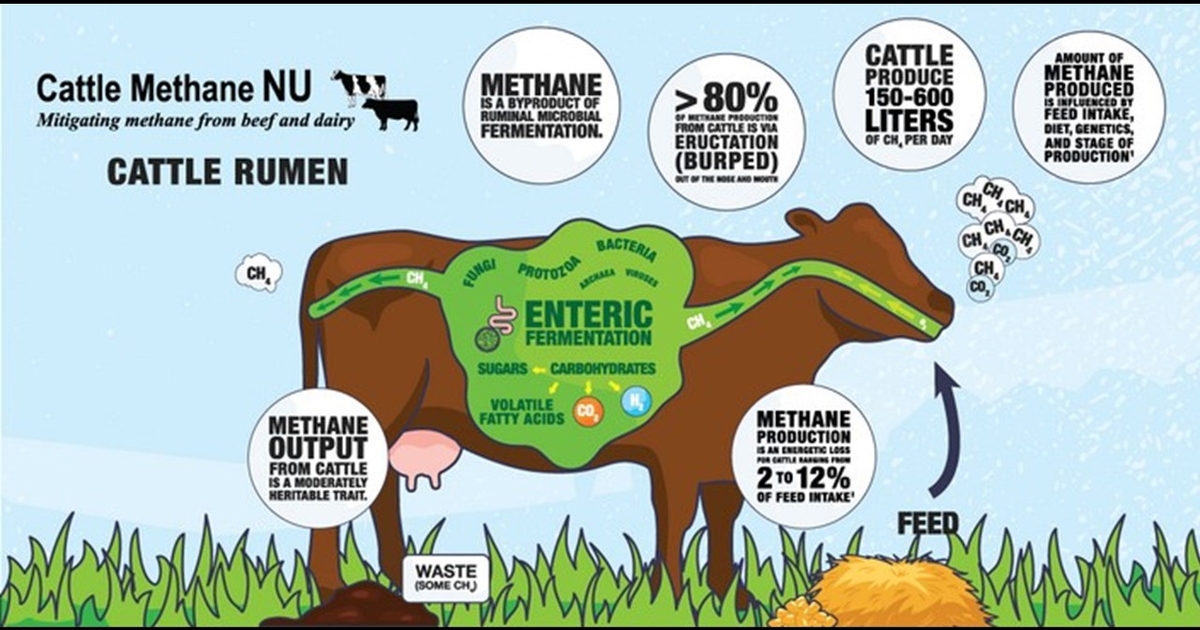Farm Progress America, April 30, 2024
Posted on April 30, 2024
Source: Farm Progress. The original article is posted here.
Mike Pearson tells listeners about the how the early warm weather is making an impact on fields.
With the early warmth, comes weeds and other pests earlier.
Allison Lund, editor of Indiana Prairie Farmer digs into the impact in the eastern corn belt.
One issue has been water hemp pressure in fields.
According to Purdue University, efforts to control water hemp can be successful using 2-4-D.
Brian Young, professor of Weed Science at Purdue University reported using 2-4-D or Dicamba to control water hemp in soybeans and it has also been beneficial in controlling giant ragweed. This means growers should see less of that in fields.
Besides the continued war on water hemp, Lund reported grasses are likely to be a problem. By by applying a post-emergency herbicide paired with glyphosate should see effective control.
Beyond those two issues, keep an eye out for cocklebur and Burcucumber in fields.
Christian Krupke, entomology professor at Purdue University, says with early warmth comes the onset of insects as well. They will begin to feed when crops are the most vulnerable which is now when seedings are starting to appear.
A mild winter typically means higher survival rates for soil-based pests.
Across Indiana, Lund reported growers should be on lookout for Black Cutworm moths which typically feeds on weeds but in a compressed scenario, producers could find them on corn seedings.
Watch for moths on Llly's or Crapapple trees as they will go for those blooms before seedings.
Farm Progress America is a daily look at key issues in agriculture. It is produced and presented by Mike Pearson, farm broadcaster and host of This Week in Agribusiness .

.jpg?disable=upscale&width=1200&height=630&fit=crop)


